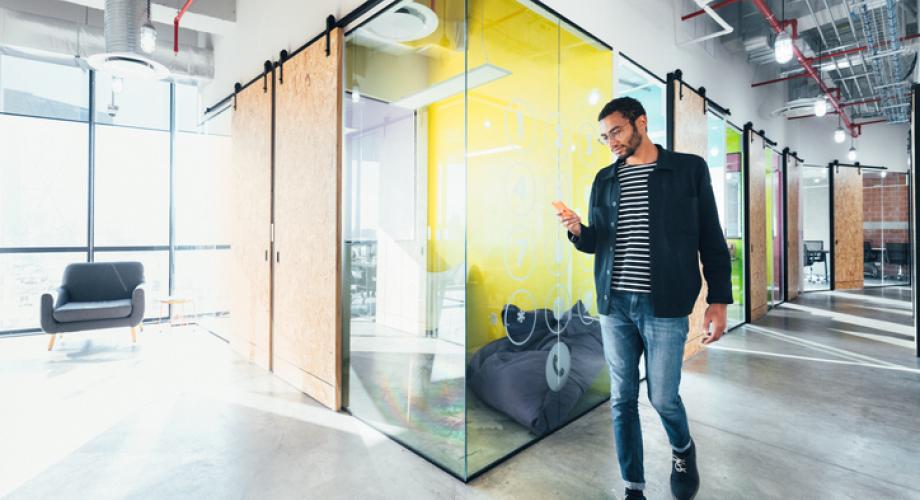Coworking is all the rage, but these other amenities and services can boost retention.
When it comes to designing amenity spaces, Greg West, President and Chief Executive Officer of ZOM Living, thinks apartment developers can lose focus on the basics.
“We get fixated on creating a list of 20 amenities,” he said at the Bisnow Multifamily Annual Conference (BMAC) East in Washington D.C. “We need to focus on five or six things that we do well. Then the residents will have a better experience.”
While developers and designers may have different opinions on what those five or six things are, there are some hot amenities that are showing up frequently in new development. First and foremost are coworking spaces.
“It is easier to work from home than it used to be,” says Allina Boohoff, Managing Director, Head of Asset Management’s Multifamily Sector at J.P. Morgan Asset Management—Global Real Assets. “That’s why we’re seeing an increase in coworking space.”
Boohoff isn’t alone in seeing the coworking trend. “People are working from home and have flexible hours, but they still want to be social,” says Dan McCauley, Principal of Martin Architectural Group.
Connecting to outdoor areas can promote wellness, which might explain why amenity spaces that merge indoor and outdoor are also popular. McCauley says placing these areas on the first floor with the lobby and other amenities can make them appear larger. “Perception-wise, you can reduce space by 10 to 15 percent, and no one will know,” he says.
Pets, as always, are a big amenity draw. “People are getting married later and later,” says West. “These pets are surrogates until they get married.”
Overall, West thinks developers and renovators need to focus on the basics. Others agree. While coworking, pets and indoor-outdoor spaces are popular features, past popular amenities—such as golf simulators and virtual reality rooms—have disappeared.
“The amenities race has plateaued, and residents are more interested in convenience and the services that we provide,” says Joe Muffler, Managing Director of Development for Mill Creek Residential, Mid-Atlantic, who think renters prioritize the rent, location and apartment home mix.
In the hunt for amenities that work, apartment owners and operators shouldn’t forget about old-fashioned customer service. With its Modera brand, Mill Creek Residential creates “a resident philosophy and promise,” Muffler says.
That extends to the digital space. “From a web presence, it’s all about convenience,” Muffler says.
Conveniences are also changing apartment design in some cases. For instance, McCauley says some apartments are continuing to shrink and evolving with technology. “With [the popularity of] food delivery services, people don’t need the large kitchen space,” he says.
But it would be a mistake to design all apartments based on that trend. While millennials may need less space because of Uber Eats and Grubhub, empty nesters have different tastes. “If people are stepping down from existing homes, they want a larger kitchen,” McCauley says.
However, developers also need to be careful. Sometimes they can design a building for one cohort, and another will show up. “You are doing yourself a disservice if you build strictly for either boomers or millennials,” Muffler says.
